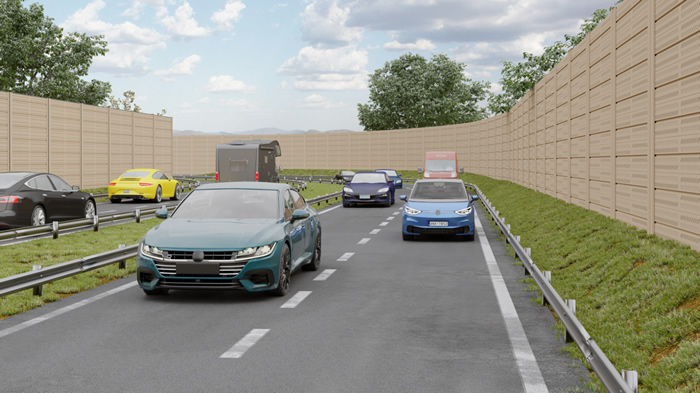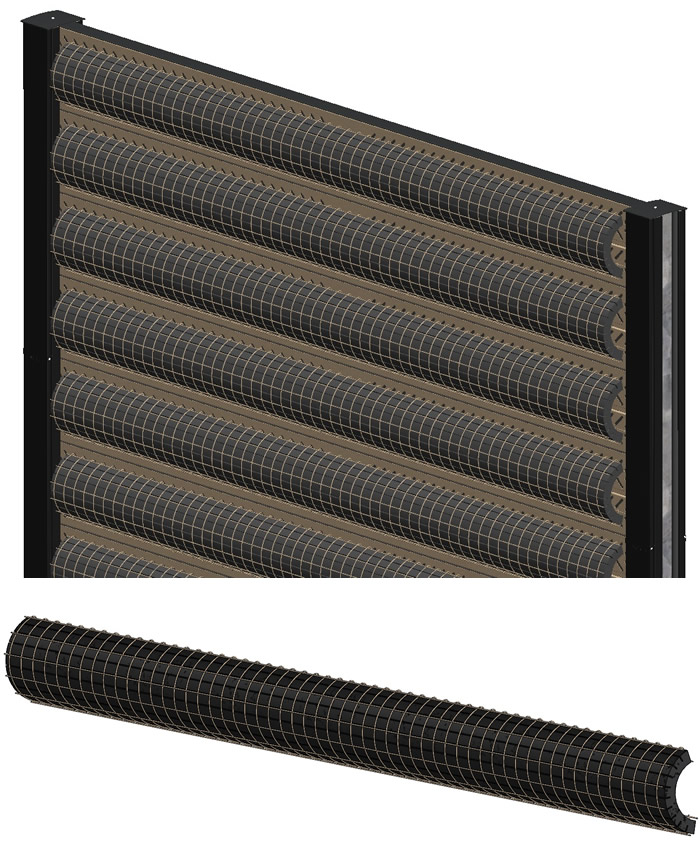Reflection & Absorption Explained
Reflective acoustic fencing, also known as reflective sound barrier fencing, is a type of fencing designed to reduce noise pollution by reflecting sound waves away from a specific area. It is commonly used in areas where noise from roads, railways, industrial sites, or other sources is a concern.
The primary principle behind reflective acoustic fencing is the reflection of sound waves. The fencing panels are typically constructed using materials with sound-reflective properties, such as solid metal or composite materials. These materials are effective in bouncing back sound waves instead of absorbing them.

Here's how reflective acoustic fencing works:
Sound waves encounter the reflective acoustic fence: When sound waves generated from a noise source, such as traffic or machinery, reach the acoustic fencing, they encounter the surface of the fence.
Reflection of sound waves: The hard and reflective surface of the fence causes the sound waves to bounce back towards the source rather than passing through or being absorbed. This reflection helps in redirecting the sound waves away from the protected area.
Reduction of noise impact: By reflecting sound waves, the reflective acoustic fencing minimizes the amount of noise that reaches the protected area. This helps in reducing the overall noise impact and creating a quieter environment.

It's important to note that reflective acoustic fencing is most effective in mitigating direct line-of-sight noise. If the noise source is located at a distance or obstructed by other barriers, the effectiveness of reflective acoustic fencing may be reduced.
Reflective acoustic fencing can be installed along highways, railways, residential areas, or industrial sites to minimize the transmission of noise and create a more peaceful environment. It is commonly used in combination with other noise control measures, such as absorptive barriers or landscaping, to achieve comprehensive noise reduction.
NOTE: The system illustrated has a panel width of 80mm that will reduce the noise level over 26db with an absorption rating of 4db
Addition material can be later added to the fence panel to increase the amount of noise absorbed. This is particularly important with rail networks at the entrance and exit of Tunnels we large air pressures are developed. These can be tailored to suit particular situations

